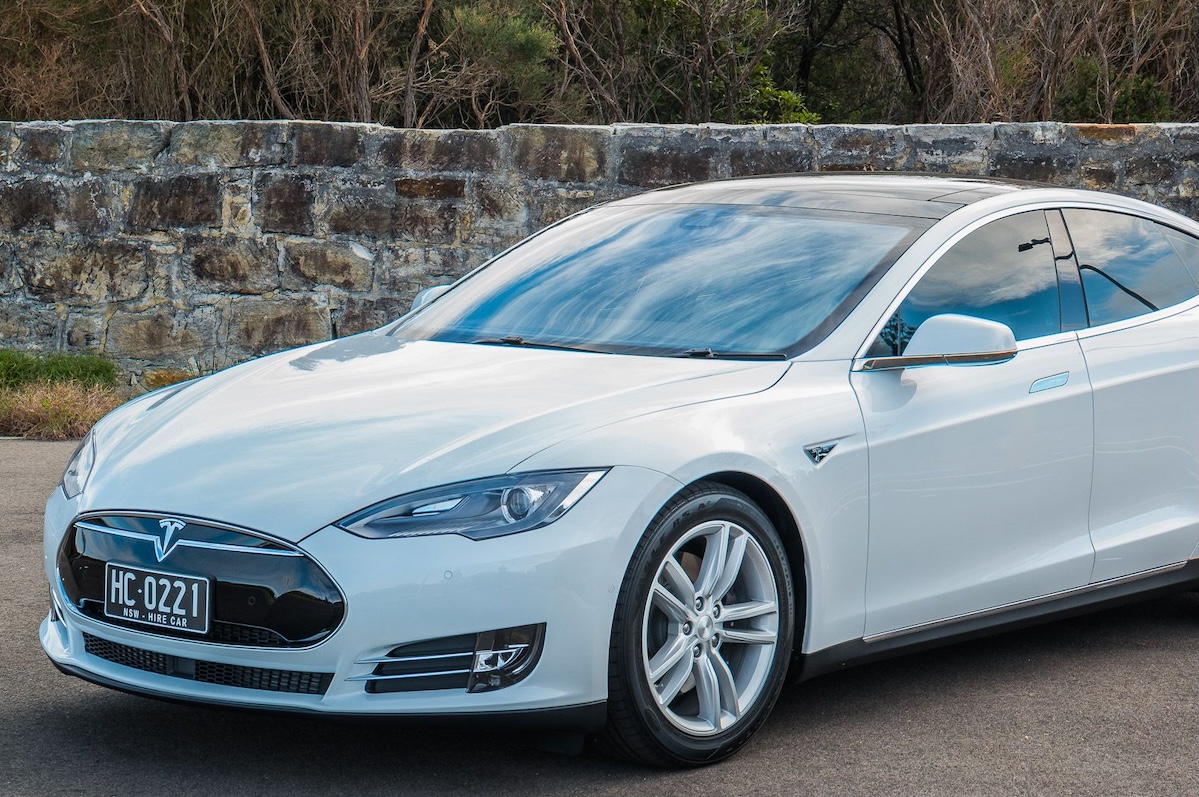

When most people think about buying an electric vehicle, typically a Tesla or these days a BYD, there’s one big question that comes up again and again: how long will the battery last before it starts to degrade?
It’s a fair concern. It happens to your phone and your laptop, why not your electric car which runs on the same principles? And replacing an EV battery isn’t cheap like it is in any other gadget, so there's reasonable cause for concern.
But according to someone who’s put electric vehicles through more stress than most, the worry might be overblown.
Pia Peterson is the founder of Evoke, a Sydney-based premium chauffeur service with a fully electric fleet. Since launching in 2015 with a single Tesla, Peterson has grown Evoke into a green luxury transport service used by executives, celebrities, and environmentally conscious travellers across Sydney. The fleet includes sedans, SUVs, and vans—all electric, all of them quiet, green, luxury workhorses.
Over the past decade, Evoke has owned 19 electric vehicles, covering more than 3.7 million kilometres. That’s the equivalent of driving around Australia 240 times. And in all that time?
They’ve replaced exactly one battery.
“Even our highest-mileage car, with 400,000kms on the clock, still retains about 90% of its original battery capacity,” Peterson posted on LinkedIn.
“We haven’t been gentle with it.”
That car, a Tesla Model S P85 used daily for commercial trips (pictured above), has been fast-charged, run in Sydney’s scorching summers, loaded to the brim for long-haul drives, and pushed through the city’s worst traffic. In short, it’s seen it all. And the battery still performs almost like new.
The one battery that was replaced? A manufacturing fault spotted in the first year—something Peterson says is even rarer with today’s newer models.
It turns out, EV batteries are surprisingly resilient. Peterson says the real maintenance concerns for a commercial EV driver aren’t batteries or motors.
“It’s the usual car components: suspension, interior trim, wiper blades, and tyres,” she explains. “Just the typical wear-and-tear stuff, minus the expensive engine and gearbox rebuilds.”
And that’s key. Electric vehicles have fewer moving parts, meaning fewer mechanical headaches. The motors don’t typically wear out, and regenerative braking systems reduce brake wear, too. That means lower ongoing maintenance costs—especially for high-usage drivers.
One of Evoke’s earliest Teslas—received in 2015—racked up over 306,000 kilometres before being sold during the pandemic. Its standout moment? A near-400km round trip from Sydney to the Wolgan Valley and back without charging. That was about 10% more than the car’s rated range at the time, showing just how efficient and durable these vehicles can be when driven and maintained properly.
Before starting Evoke, Pia Peterson worked in the corporate world. But after growing frustrated with Sydney’s worsening pollution, she left her career behind to launch Australia’s first luxury chauffeur service with an environmental mission. Since then, she’s grown Evoke into a business that combines sustainability with style—and built up one of the deepest banks of real-world EV performance data in the country.
With nearly 4 million kilometres under their wheels, Evoke’s fleet shows EV batteries can go the distance (and then some).